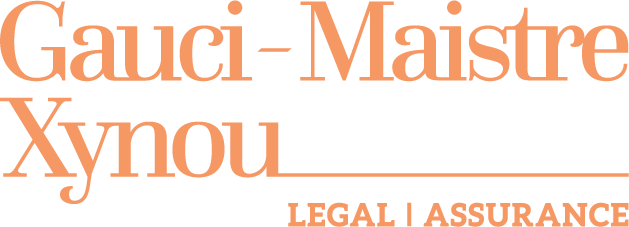The outbreak of the Covid-19 pandemic has compelled the European Union (EU) Member States to introduce border restrictions, amongst them curbs on or measures which heavily impede the cross-border circulation of goods. Consequent traffic jams at intra-EU borders have led to drivers of freight transport (transport workers) facing waiting times of up to 24 hours at land border crossings disrupting supply chains in the process.
It is not surprising that the Commission has made it a priority to preserve the free circulation of goods within the EU; after all the free movement of goods is the linchpin of the European single market. For this reason, it had already proposed the creation of ‘green lanes’ to facilitate freight transport. Earlier in March, it issued ‘Guidelines for border management measures to protect health and ensure the availability of goods and essential services’.[1]
On March 23, the Commission further issued a Communication on the implementation of such green lanes which are to be opened principally on existing Trans-European Transport Network (Ten-T) network crossings.[2] The TEN-T network is a project to develop a Europe-wide network of railway lines, roads, inland waterways, maritime shipping routes, ports, airports and railroad terminals. Any checks and health screening of transport workers passing through the designated green lanes at intra-EU border crossings should not exceed 15 minutes. For this purpose, the Communication has adopted a number of measures to streamline intra-EU freight transport stipulating that:
– At green lanes crossings transport workers may only be asked to produce their identification document, their driving licence, and a Certificate for International Transport Workers to be filled in by their employer (Annex 3 to the Communication);
– Health screening of transport workers should only be carried out on one side of the border to avoid time consumption on multiple tests carried out in different Member States;
– Checks on documents and cargo en route, such as road-side spot checks, should be minimised, and not exceed normal levels;
– Health screening should be undertaken in a manner which minimises delay. In principle, health screening should be based on electronic body temperature measurement or equally speedy but more effective methods;
– Driving restrictions, such as week-end bans, night bans, sectoral bans, etc., should be suspended so as to increase the fluidity of traffic.
These ‘green lane’ measures will only apply
for the duration of the containment of the Covid-19 pandemic. The Commission
has also made it clear that these measures are applicable to all goods and not
only to essential or medical goods in as much as they are intended to ensure
the free circulation of goods to preserve the functioning of the EU economy.
[1] https://ec.europa.eu/home-affairs/sites/homeaffairs/files/what-we-do/policies/european-agenda-migration/20200316_covid-19-guidelines-for-border-management.pdf.
[2] https://ec.europa.eu/transport/sites/transport/files/legislation/2020-03-23-communication-green-lanes_en.pdf.


